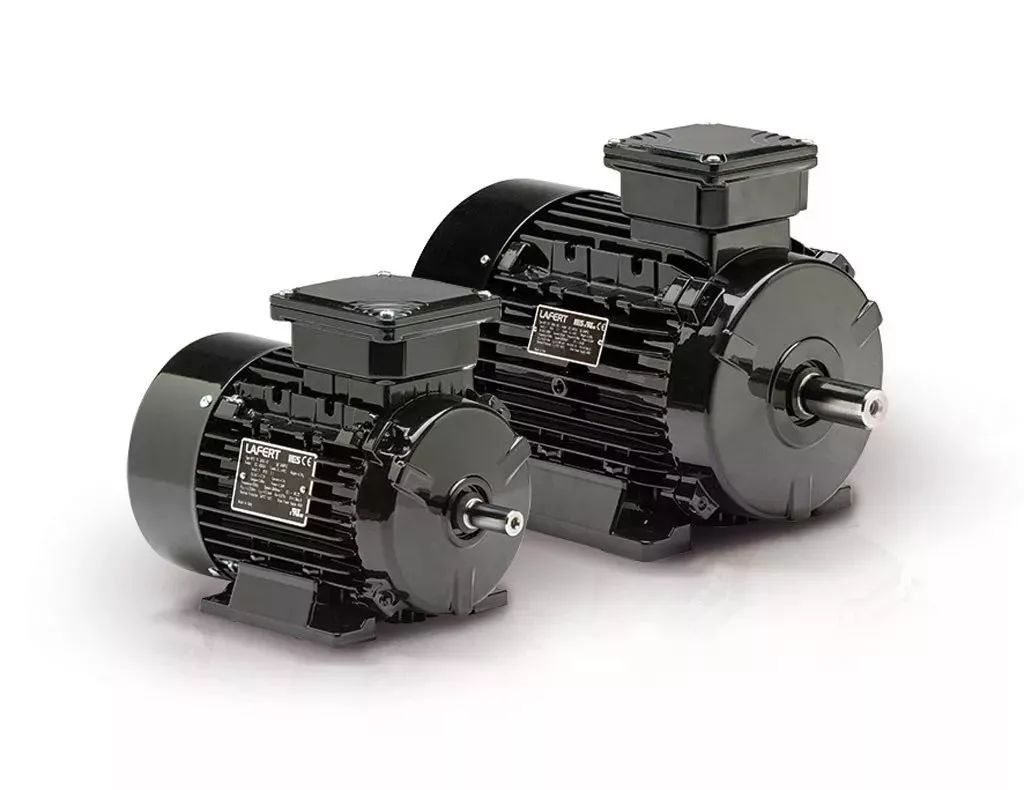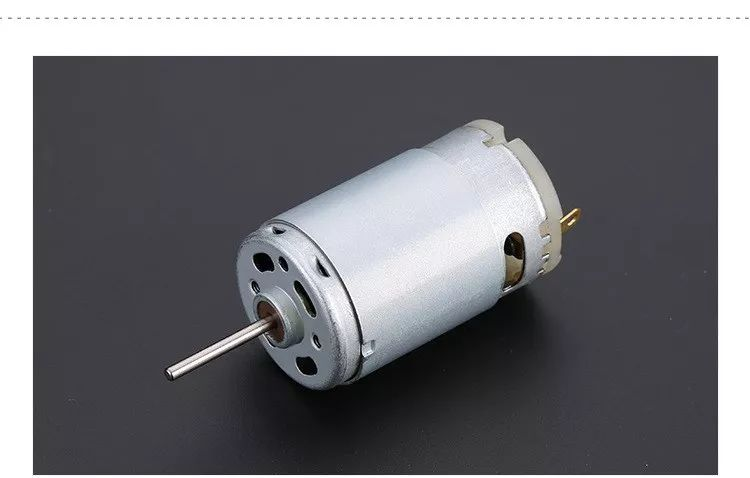What are the advantages of small motors as the most typical motors?
Traditional electromagnetic motors have been developed for many years, and they have reached a very mature level in terms of theory, design, and production technology.

Due to the limitations of the principle and structure of electromagnetic motors, they cannot meet the requirements for small motors such as small size, high torque, low noise, and anti-interference required by today's micro robots, precision instruments, precision equipment, etc. Therefore, various new motors are being studied hard all over the world, and the small motors developed in the late 20th century are more typical.
Small motors break through the traditional concept of electromagnetic motors. Small motors have no magnetic field windings and magnetic circuits, and do not rely on electromagnetic induction interaction to convert energy. Instead, they only use the inverse piezoelectric effect and ultrasonic vibration of piezoelectric ceramics to change the stator of the motor. Microscopic deformation is converted into macroscopic motion of the motor rotor or mover through resonance amplification, friction, and coupling.

Compared with traditional electromagnetic motors, small motors have the characteristics of small inertia, fast response, good control performance, not affected by electromagnetic fields and do not generate electromagnetic fields themselves, and accurate movement. In particular, it has the characteristics of light weight, simple structure, low noise, high torque at low speed and the ability to directly push loads. Small motors do not use a gear speed regulating mechanism to reduce the speed, which avoids problems such as vibration, impact and noise caused by the use of gear speed regulating mechanisms. It can be said that ultrasonic motor technology is one of the latest technologies in today's society.



























 XINDA
XINDA